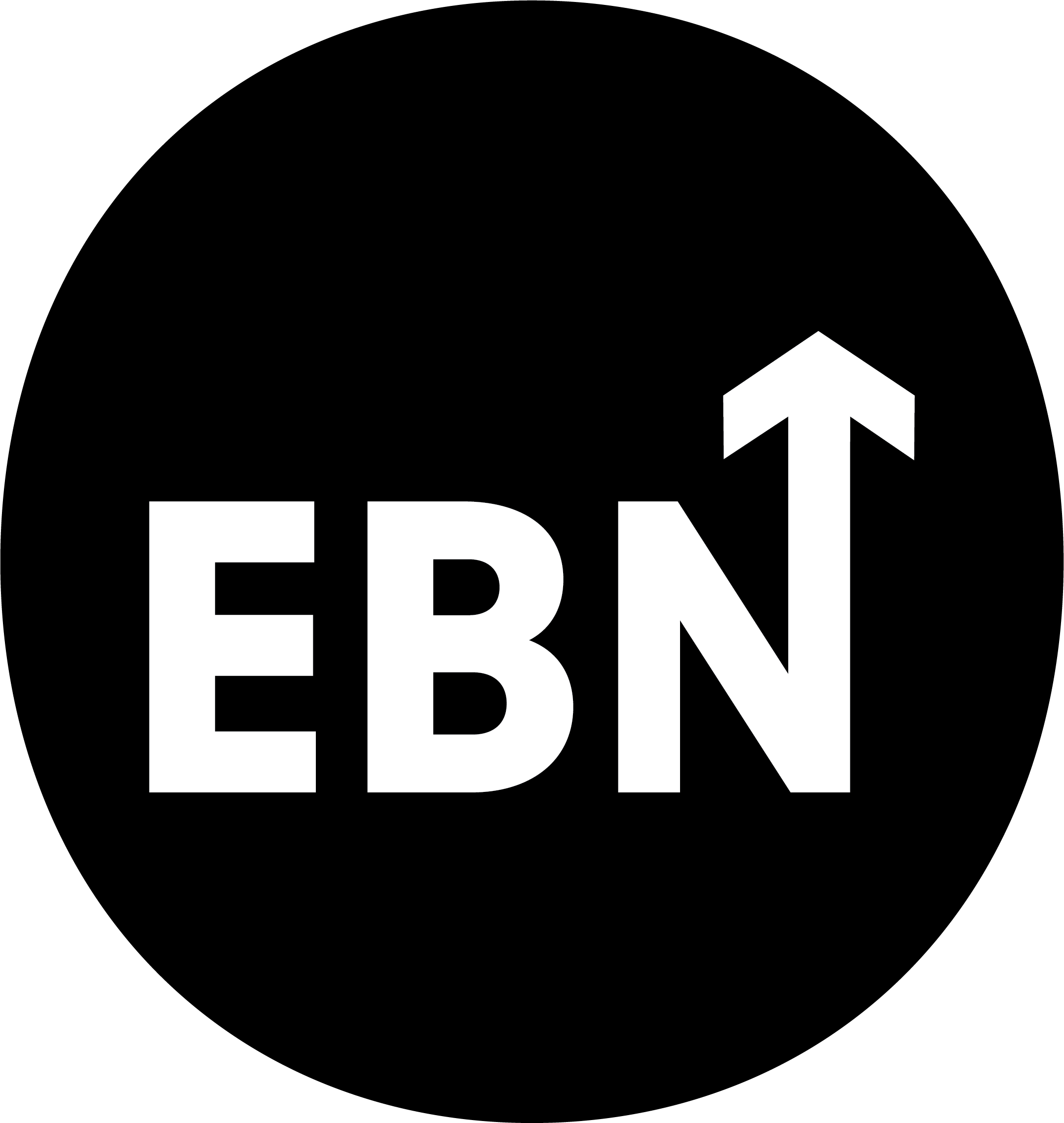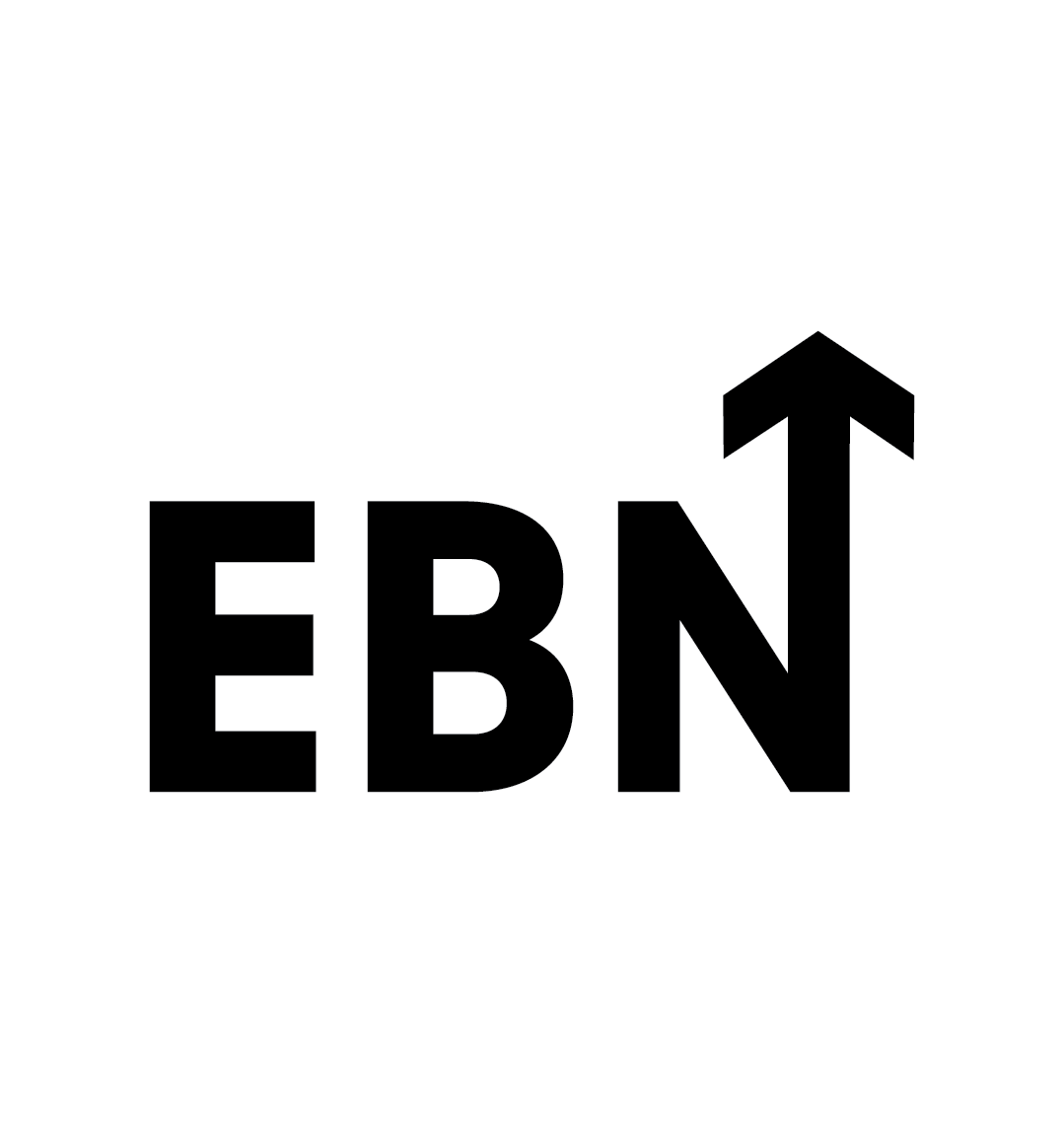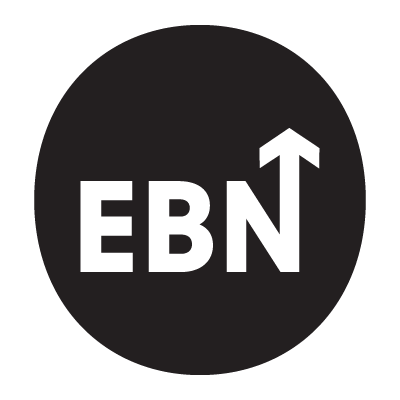But how has it panned out? Spoiler alert: no Allen key required...
Flat-Pack Furniture Meets Flat-Screen Futures
What happens when a furniture titan known for labyrinthine store layouts meets a virtual platform where every maze has an exit? IKEA’s plunge into Roblox with “Careers Done Different” was a quirky, eyebrow-raising move that caught the world’s attention. Could this be the ultimate “build it yourself” career strategy? Let’s just say, assembling this workforce doesn’t come with instructions, yet somehow, it’s working.
Momentum isn’t always progress, especially when you always end up back where you started.
Fathom helps you escape the loop. With insight, not intuition.
Explore "The Co-Worker" above or here.
Ping-Pong Tables Are So 2015
The employer branding world is evolving faster than you can say “free Friday bagels.” Gen Z doesn’t want boring perks they want innovation, authenticity, and proof you understand their TikTok-fueled world. IKEA’s response? Entering the metaverse to show they’re not just the kings of flat-pack furniture but also the architects of forward-thinking careers.
But did this bold step land like a snug BILLY bookcase, or did it wobble under scrutiny?
When IKEA Said, “Let’s Roblox This”
Forget PowerPoint presentations and job fairs. IKEA’s virtual store on Roblox is a gamified career pitch in glorious 3D pixels. Imagine exploring IKEA’s iconic Swedish Bistro in a virtual world, playing games based on real-life jobs, and even applying for a role as a paid virtual co-worker. Yes, IKEA didn’t just advertise its culture, it let you live it (sans meatball breath).
1. The Virtual Store: Careers, Meatballs, and Mini-Games
Launched in June 2024, IKEA’s digital store wasn’t just a replica it was an interactive homage to their brand. From scavenger hunts to product puzzles, players could immerse themselves in the IKEA universe, where flat-pack meets fun. The pièce de résistance? Paid roles where virtual employees greeted customers and played brand ambassadors. Real jobs? Virtual meatballs? Who knew the metaverse could taste so Swedish?
2. Recruitment in the Metaverse: Playing the Long Game
With Roblox boasting nearly 80 million daily active users (and growing), IKEA wasn’t shooting in the dark. Their prime audience, young adults 18+, spends hours gaming daily. The message? IKEA gets you, gamers, and yes, you’re welcome to join their team. No resume required, just creativity, collaboration, and maybe a Roblox avatar with sensible shoes.
3. Virtual Paychecks: Gimmick or Genius?
Paid roles in a virtual IKEA store raised eyebrows and applications. A staggering 178,000 hopefuls lined up to don their virtual blue-and-yellow uniforms. Critics called it a gimmick, but IKEA didn’t flinch. After all, if talent attraction means blending job shadowing with gaming, why not embrace the absurdity?
4. The Business of Play: Why Roblox Makes Sense
Roblox isn’t just for kids with iPads; it’s an economic powerhouse. With developers raking in over $410 million in six months, IKEA saw the platform as a serious playground for serious branding. Their venture proved that sometimes, thinking outside the box (or, in their case, inside a box-shaped store) can pay off.
5. Not Without Its Critics: Navigating the Wobbly Chair Legs
Sure, some said the campaign catered too much to young gamers, alienating older job seekers. But IKEA countered with style: by expanding the initiative into broader talent pipelines, they turned criticism into an Allen key moment, tightening their employer brand while keeping their audience on edge (in the best way possible).
Helping HR, talent acquisition, employer branding, and company culture professionals find careers worth smiling about.
For Those Still Lost in the Maze
Skeptics might argue, “A virtual IKEA? Why not just go to the real one?” But that’s the point. The Roblox initiative wasn’t about selling meatballs or couches, it was about selling IKEA’s culture to a new generation. And as far as recruitment efforts go, this was less “because we can” and more “because we must.”
How to Build an Employer Brand Without Losing a Screw
- Make It Fun (But On-Brand): Gamification works best when it’s authentic. IKEA brought its DIY ethos to life in a way only IKEA could.
- Metrics Matter: Stunts are fun, but measurable outcomes like 178,000 applications, turn creativity into credibility.
- Target the Right Crowd: By focusing on Roblox’s fastest-growing demographic (17-24), IKEA hit the sweet spot of young professionals.
- Dare to Be Different: Paid virtual jobs? Bold. But bold is exactly what stands out in a sea of sameness.
Roblox Isn’t Just IKEA’s Playground
IKEA isn’t the only one breaking recruitment conventions. Roblox itself launched a virtual career center, complete with TED talk-style presentations and gamified interviews. Warner Bros. dipped its toe into the metaverse, too, though mainly for marketing. The difference? IKEA didn’t just play; they built one pixel at a time.
Tomorrow’s Talent, Today’s Tactics
The 17-24 demographic on Roblox isn’t just gaming, they’re shaping the future of work. IKEA’s gamble showed how virtual worlds could become real pipelines for talent. With platforms like Roblox evolving for older audiences, expect even more brands to bring their A-game to digital recruitment.
Flat-Pack Lessons for the Future of Recruitment
IKEA’s Roblox experiment wasn’t just fun; it was fearless. By blending innovation, humor, and a hint of Swedish charm, they redefined what employer branding could look like. Sure, it wasn’t without hiccups, but great furniture and campaigns, are rarely assembled without a little trial and error. If the metaverse is the future, IKEA just claimed a prime spot.
Takeaways
What did IKEA do on Roblox?
IKEA launched a virtual store on Roblox as part of their “Careers Done Different” campaign. The store wasn’t just a digital showroom, it was an interactive playground where players could explore iconic IKEA spaces, take part in mini-games inspired by real-life jobs, and even apply for paid virtual co-worker roles. It was IKEA’s way of saying: “Why tell you about our culture when we can let you live it?”
Why Roblox?
Roblox has a massive, diverse, and growing user base with 79.5 million daily active users, making it fertile ground for innovative employer branding.
More importantly, its fastest-growing demographic, young adults aged 17-24, aligns perfectly with IKEA’s target audience: digitally savvy, early-career professionals who value creativity and collaboration. Roblox isn’t just a game anymore; it’s where the next generation works, plays, and discovers brands.
Was it successful?
Absolutely, if you’re counting sheer engagement and buzz. IKEA received 178,000 applications for just 10 paid virtual roles, demonstrating an overwhelming interest in the campaign.
Millions of gameplay hours were logged as users immersed themselves in the virtual IKEA world. Early signs point to this as a win for IKEA’s brand visibility, employer appeal, and cultural resonance with younger audiences.
Who was the target audience?
IKEA focused their efforts on young adults aged 18 and up, tapping into Roblox's fastest-growing demographic: the 17-24 age group. Tech-savvy, highly engaged, and on the cusp of their careers, this audience represents a prime recruitment pool. By showing up in a space where these digital natives already spend their time, IKEA built meaningful connections that felt genuine, immersive, and refreshingly forward-thinking.
What criticisms did it face?
Some skeptics argued the campaign was too niche, focusing narrowly on young, digital-first audiences and ignoring older candidates or those seeking mid-level career opportunities.
Others questioned whether virtual experiences could translate into real-world hires. While these critiques are valid, they overlook the broader strategy: this wasn’t a one-size-fits-all solution but a targeted, innovative approach to engage tomorrow’s workforce today.
Why did it matter?
IKEA’s Roblox campaign wasn’t just a flashy gimmick; it was a proof of concept for how the metaverse can transform recruitment and employer branding. By blending gaming, storytelling, and paid job roles, IKEA demonstrated that brands can use immersive virtual platforms to showcase their culture, attract top talent, and engage audiences in ways traditional methods simply can’t match. It’s branding, recruitment, and fun, all rolled into one pixelated package.
What did IKEA’s virtual co-worker roles involve?
The 10 lucky hires were tasked with helping virtual customers navigate the Roblox IKEA store, embodying the brand’s values of collaboration, service, and innovation. The roles paid a real hourly wage (at IKEA’s standard rate) and acted as an experimental bridge between the virtual and real-world workplace. For participants, it was a unique way to “try out” a career at IKEA without leaving their gaming setup.
What makes Roblox an ideal platform for employer branding?
- Massive Audience: With 380 million monthly users, Roblox offers global reach.
- Engaged Demographic: Users spend an average of 2.5 hours daily on the platform, creating ample opportunities for brand immersion.
- Growing Older Audience: 55% of Roblox users are now over 13, with the 17-24 group growing by 33% year-over-year.
- Interactive Experiences: Brands can design immersive, gamified spaces to bring their culture and values to life, not just talk about them.
What’s next for IKEA?
IKEA will likely expand its digital-first branding strategies, exploring deeper integrations in the metaverse and other immersive platforms. The success of the Roblox campaign proves there’s an appetite for bold, unconventional recruitment initiatives. Expect IKEA to continue refining its approach, using emerging tech to attract, engage, and inspire its future workforce.
Should other brands follow IKEA’s lead?
Yes, if they’re ready to embrace creativity and take risks. IKEA’s Roblox experiment shows that gamified branding and recruitment can be powerful tools for engaging younger talent.
The key is alignment: any brand dipping its toes into the metaverse needs to ensure the experience reflects its culture, values, and goals. Done right, it’s not just employer branding, it’s employer bonding.







